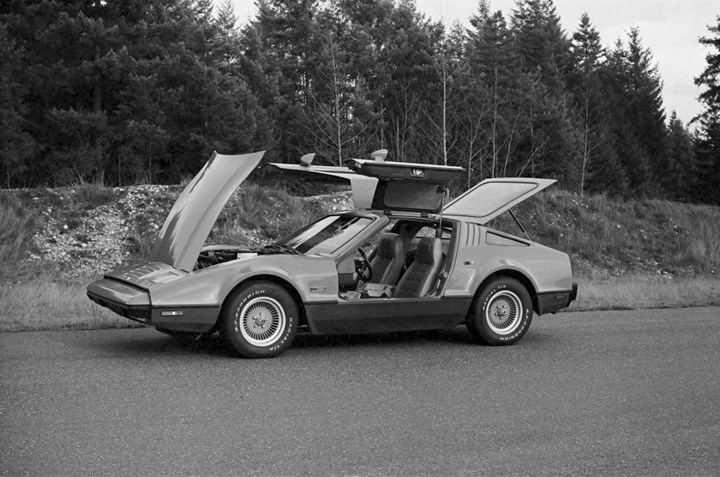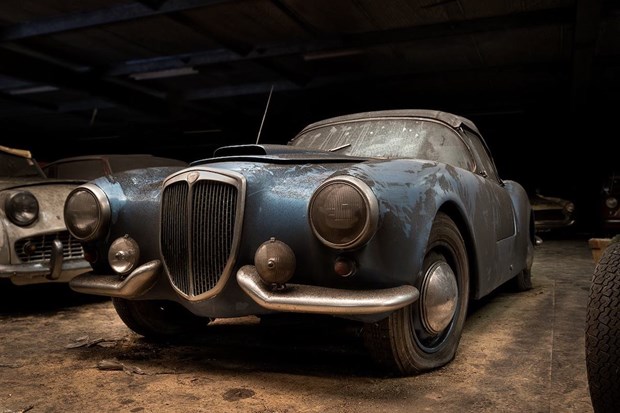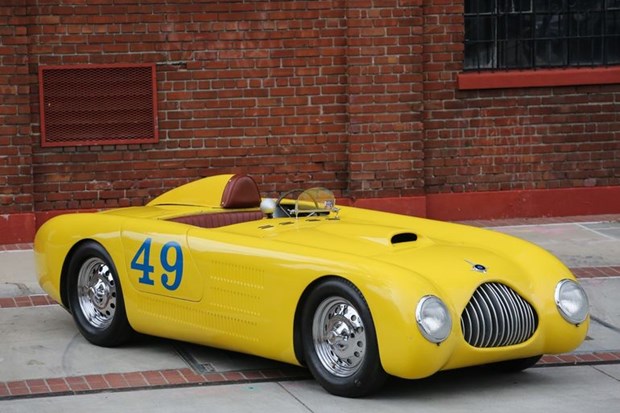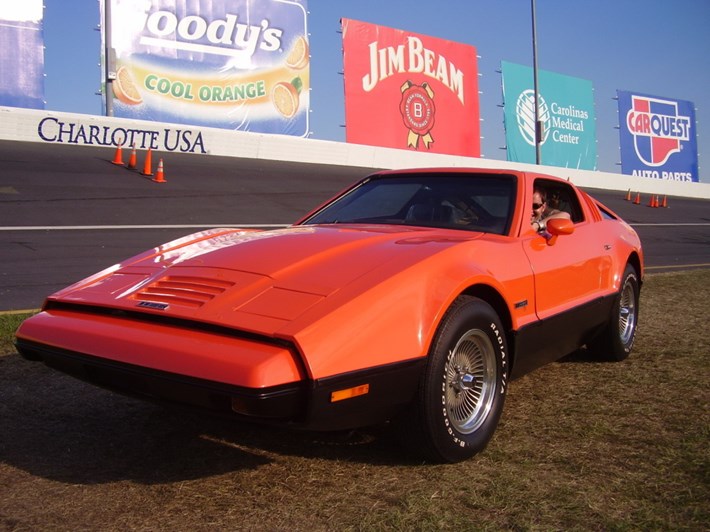
Before DeLorean, Malcolm Bricklin also tried to revolutionise the sports car. Through dubious practices, he succeeded in marketing the SV-1, whose career ended in a resounding fiasco.
Malcolm Bricklin, now 83 years old, is a perfect example of the American success story. An entrepreneur from a very early age, he was already franchising his father's DIY shop at the age of 19. Teh years later he founded the Subaru of America company in 1968, and he was responsible for importing the Zastava Yugo to the New World!
Still active, the businessman is infamous for often conducted his business on the edge of legality. For example, he organised his own insolvency after pocketing 4.5 million dollars of Handyman shop franchises, without really fulfilling his part of the contract.
He also managed to sell his own company to Subaru at a huge profit, after selling 10,000 units of the 360, a microcar that was unsuitable in the US, at rock bottom prices. Always bubbling with ideas, Bricklin wanted to revolutionise the sports car in the early 1970s. The man couldn't help but do it in stark opposition to his investors wishes.
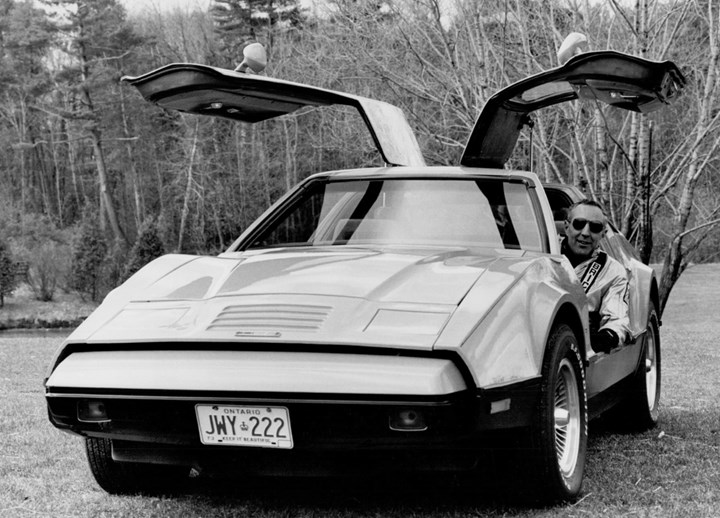
Safety first
In the early seventies, the time was ripe for increased road safety on the American continent. Bricklin had the idea of developing a revolutionary car incorporating all the latest innovations in passive safety, such as integrated and retractable bumpers that could withstand impacts of up to 45 km/h.
The car was also designed to be robust, with a fibreglass body and gull-wing doors, a must-have to get noticed. The businessman firmly believed in his project and founded the company General Vehicle in 1971.
He enlisted the services of several highly skilled engineers and a first prototype was assembled the following year. The designer Herb Grasse, formerly of Chrysler and Ford (and designer of the first Batmobile!), imagined the line of what would become the SV-1, for Security Vehicle 1.
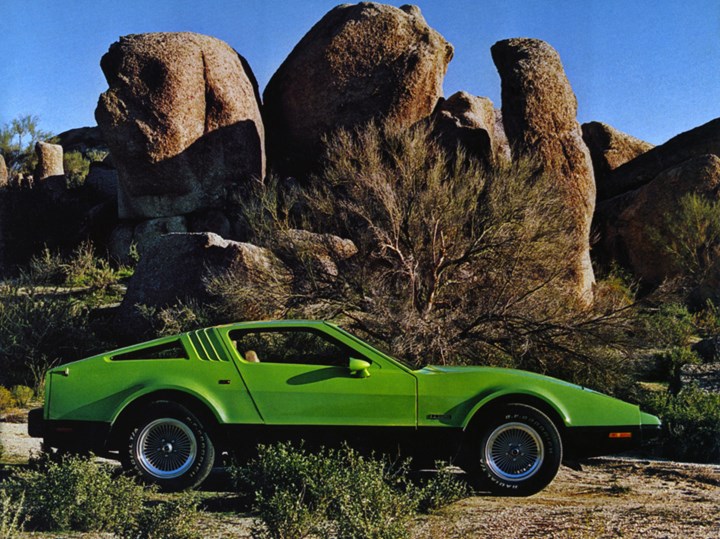
Teething Problems
During the development of the car, Bricklin had many problems with the manufacture of the bodywork. After many trials of several different materials, it was finally decided to use a mixture of fibreglass and acrylic.
This choice would later be the cause of one of the company's biggest losses in after-sales service. True to his reputation, Malcolm Bricklin lured investors with wildly unrealistic figures. Constantly on the lookout for funds, he managed to convince the authorities in the Canadian state of New Brunswick to put their hands in their pockets to host a production unit.
Incredibly, the regional authorities put forward the sum of 4.5 million dollars, and the Canadian state 3 million. All this in exchange for 67% of the company's capital and the promise to provide many jobs in the economically depressed region. Very quickly, 500 people were hired by the manufacturer who promised to make the SV-1 the rival of the Chevrolet Corvette.
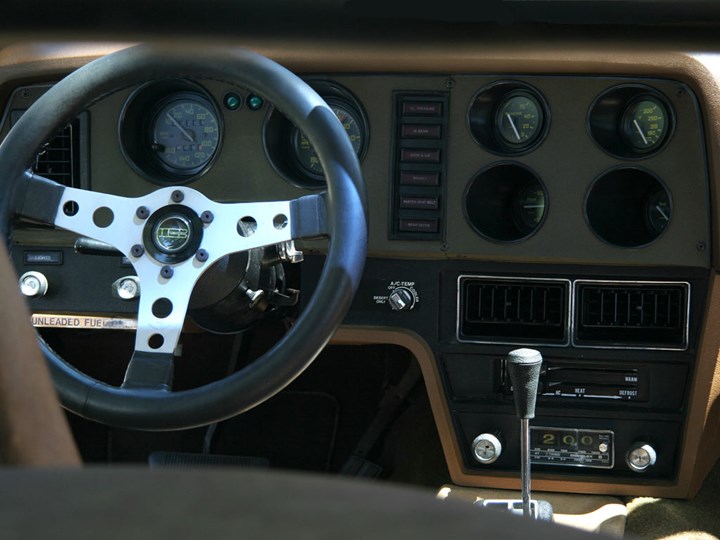
A Rocky Start
The development of the car took time. Far too much time. Investors were impatient and the SV-1 reveal eventually took place in New York in June 1974, a few months after a pre-production model was shown to potential dealers and celebrities in a hotel in Las Vegas.
The finished models were unfortunately far from polished. The finish was far from the level promised by Bricklin and worse, major defects were noticed such as the hydro-electric door opening.
The car has a 5.9 litre V8 engine supplied by AMC that developed just 220 hp. The SV-1 was meant to be revolutionary, but its technical choices, such as a rigid rear axle and basic drum brakes on the rear wheels were disappointing. Soon into production, the already anemic AMC engine was replaced with a 5.8 litre Ford V8 which produced just 177 hp.
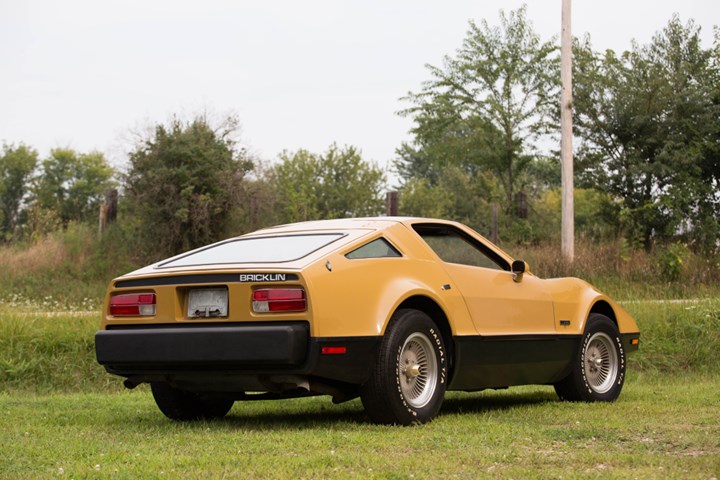
Short career
Even with its modest power, the Bricklin still manages to hold its own against the Corvette of the time. However, its handling was very average and so was its overall reliability. Add to this a price that had risen sharply, problems with the supply of spare parts and a high rate of absenteeism among the workforce, and the end result was a commercial flop.
In 1975 - less than two years after production began - Malcolm Bricklin finally threw in the towel. Just 3,000 vehicles were produced. The Bricklin is a rare vehicle nowadays, with between 1,500 and 2,000 surviving cars according to most sources. Yet the SV-1 is still a relatively affordable classic. Unlike the DMC De Lorean which shared a similarly sad fate, the Bricklin can still be found for under $20,000 in the US.
